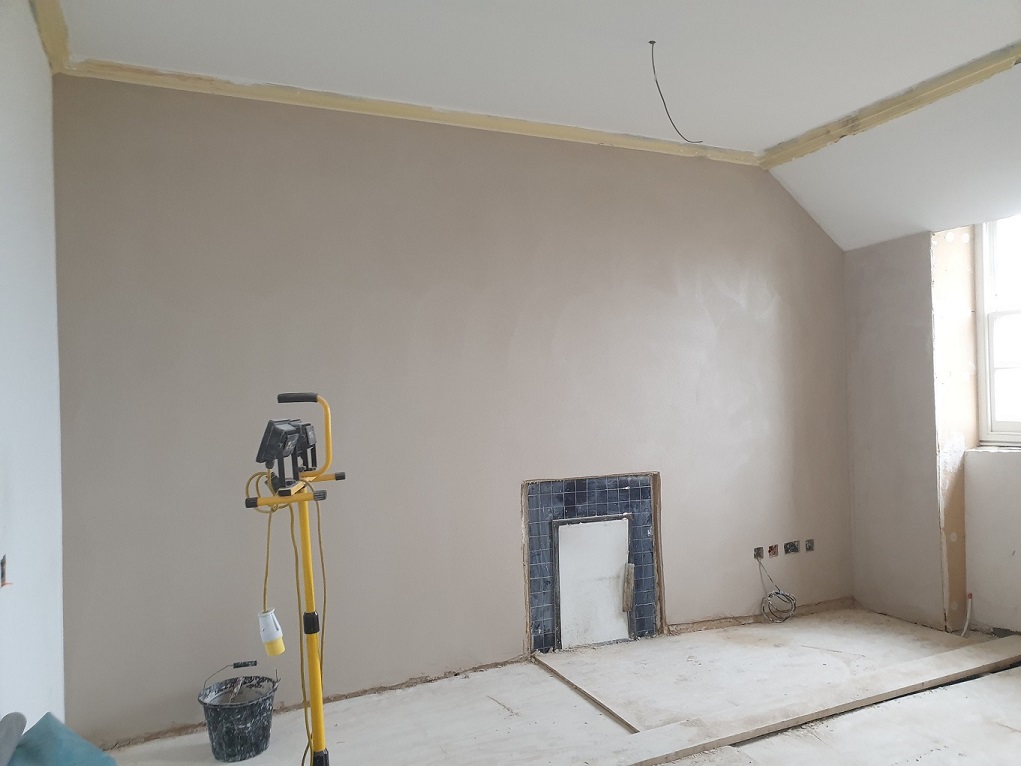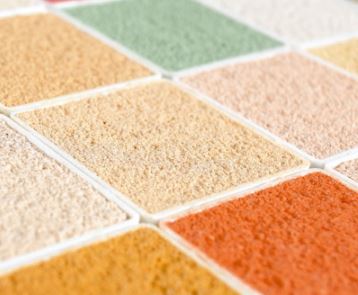Knowledge base
Building Regulations & Wall Insulation
Internal wall insulation is often the most practical method of insulating a house, but it can be fraught with difficulties. Firstly, what are the technical implications: should you use a vapour barrier or stick with a breathable system? And will your building control officer or mortgage provider insist on installing plastic membranes “to keep the wall dry”?
Breathable or vapour control?
Conventional thinking insists that without a vapour membrane, a solid brick or stone wall will inevitably become damp or soaking wet as the warm air from inside the room migrates into the masonry, cools and condenses.
The theory is based on the Glaser method from 1950’s, incorporated in to building regulations as BS 13788. However, the introduction of this clearly states it is a simplistic method, which ignores many important physical processes, such as liquid water transfer, or the moisture content of building materials! Crucially, BS13788 acknowledged these weaknesses, and suggests that if a proposed design fails, further, more sophisticated modelling can be carried out – but in many cases the easy option of switching to a design with plastic internal wall insulation or membranes that satisfies the theory is taken, irrespective of whether it will work in the real world.
At Lime Green we are convinced of the merits of breathable lime plasters and internal wall insulation in many situations for creating natural breathable insulation and building work – not just from practical experience and common sense, but from the extensive research being carried out of our materials installed in-situ in real houses, such as Lime Green Solo and woodfibre internal wall insulation. This pioneering research by the SPAB is some of the first in the world to measure what really happens in historic solid masonry walled buildings when they are insulated, instead of guessing using computer models. Work is also underway at the Building Research Establishment (BRE) on a similar but larger basis. There is further information on the research at links below.
Warmshell internal wall insulation system is the result of this extensive testing, not only has it been monitored in situ for several years but Lime Green are the only supplier to have carried our fire testing, vapour permeability and impact testing on this breathable natural insulation.
Building Regulations and retro-fitting insulation
There is still a lot of misunderstanding over Part L1B: Conservation of Fuel and Power (Existing Buildings). Many still believe it requires damp proofing or vapour membranes to be installed, and insulation to meet new build standards. In fact completely the opposite is the case! A brief summary of the key clauses is outlined below – it is worth reading in conjunction with Part L1B, which is free to download (see link at bottom)
1) Buildings which are listed, scheduled ancient monuments or in a conservation area
These are exempt if the work would change their appearance or character. See Part L1B, Section 3.6
2) Buildings of traditional construction with permeable fabric
In other words, traditional solid wall buildings (including stone, brick, cob and oak frames), are due “Special Consideration”. See Part L1b, Section 3.8c
3) Energy efficiency for the types of buildings in 1 & 2
These should be improved “as far as reasonably practicable. The work should not... increase the risk of long term deterioration of the building” See Part L1B, Section 3.9
4) Breathability is specifically required in some cases!
“Particular issues in historic buildings...include... making provisions enabling the fabric of the historic buildings to breathe”. See Part L1B, Section 3.12c
5) The U value required is not always U=0.30
Rather, it should take into account English Heritage’s guidance, and the views of the Conservation officer should be sought. See Part L1B, Section 3.10 and Section 3.13
At Lime Green we believe it is possible to successfully insulate solid stone and brick walls, using the right materials. We have a range of lime plasters, paints and natural breathable insulation, and we’re always happy to give you advice specific to your project.
If you want to insulate the inside of your house, you can use our breathable options; Warmshell Internal, using woodfibre, or for a simpler option through plastering with Ultra.
For insulating from the outside, you can use our Warmshell External system, or use Ultra as an external render.
http://www.spab.org.uk/advice/energy-efficiency/
Education Guide A6

